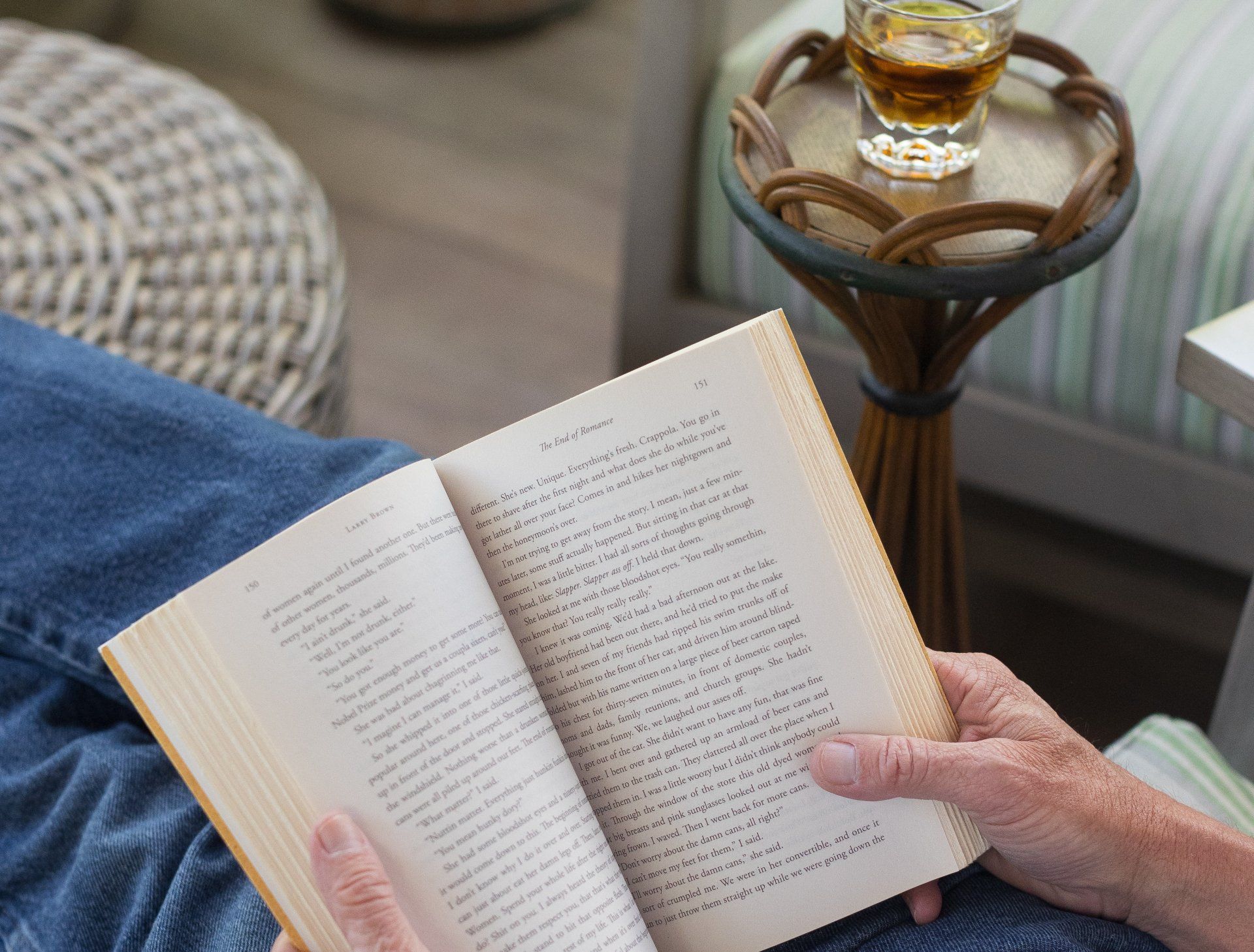Charleston and Coffee – Yesterday and Today
Part 1: The Carolina Coffee House of London
According to the folks that keep track of these sorts of things, coffee is the most popular drink in the world. More than 400 billion cups are consumed annually worldwide and in the United States alone we drink 450 million cups every day. It is the world’s second most valuable commodity exported by developing countries, trailing only oil. And we drink it throughout the day and we drink it everywhere – at home when we wake up, at breakfast, in the car, at the office, in the afternoon when we’re waning and need a jumpstart, as an after-dinner drink, and, of course, at coffee shops.
Around the world, coffee shops are as ubiquitous today as the local pub, café, bar or tavern, and wherever people gather to drink coffee, the conversations and goings-on are the same, and have been since coffee was first served. Walk into any coffee shop in America today and you will likely see the following: two or more people holding what appears to be a business meeting, a couple enjoying each-others company, someone alone reading, a group of three or more meeting together as part of an association or social group.
Meeting these same needs, by offering folks a welcome meeting place, coffee houses have played a role in the history of Charleston and continue to do so today. The Williams Coffee House in 18th Century Charleston, the Carolina Coffee House in the City of London in the 17th and 18th century, and the modern coffee houses populating Charleston today are all excellent examples.
In this installment, we’re going to visit a coffee house in the City of London in the late 17th century.
***
Charleston: An investment pitched over a cup of coffee in the City of London
Within London, England, lies the City of London, a city unto itself, the central business district of London, and the most important city in the world over the last 400 years for international investment, trade, and finance. Sometime in early 1663, or thereabouts, a group of industrious businessmen may have very well met at a coffee house and conceived of the idea of land grants for themselves to be issued by the King for the purpose of incentivizing them to colonize and develop an area of the new world to become known as The Carolinas. Over the next two hundred years, if you wanted to investigate moving to the Carolinas and/or investing in the colony, you would have visited these men and other informed businessmen at the Carolina Coffee House, located on Birching Lane (now known as Birchin Lane), a mere two hundred feet from the City center.
How much of the above paragraph is fact and how much is conjecture? The only conjecture is the proposition that the idea for the land grant for an English colony known as Carolinas to these eight men originated in a coffee shop. However, it is not a stretch to imagine that this is how it would have happened.
In the 17th century, a lord proprietor was a person granted a royal charter to establish an English colony. In 1629, King Charles I granted land in the New World to Sir Robert Heath and the land was to be known as Carolina which is Latin for Charles. Sir Heath failed in his attempts to colonize the land and later, fearing for his life due to his loyalty to King Charles I, fled England and took safe harbor in France when King Charles I was beheaded. The land reverted to the Crown and when the monarchy was restored in 1660, King Charles II, the son of the previous and now beheaded King Charles, granted the land to eight English businessmen. They successfully colonized the land and the rest, as they say, is history. These men would become known as The Lords Proprietors.
The City of London’s preeminent role in international trade and investment is not knew and dates back to the second half of the 17th century. At the heart of the City of London, the City, as it is called, you will find the Royal Exchange, initially erected in 1571 and founded for the sole purpose of stimulating commerce. Following the return of the English monarchy to the crown in 1660, London regained its reputation as the world’s capital of international business investment and trade.
The movers and shakers of the day, the entrepreneurs, needed places to meet and exchange information and ideas. Coffee shops sprouting up across the City became the meeting places for the entrepreneurs of the day. They served as the place where information was collected and shared, information that could bare on the prudence of a particular investment. Coffee houses were even used by the English postal service as places to pick up and drop off the mail.
Furthermore, coffee houses were dedicated to particular interest. If you needed insurance for a transatlantic shipment in the early 1700s, you would have walked into the Lyoyd’s Coffee House to find your underwriter. If you wanted to send a letter to someone in Jerusalem, you could post it from the Jerusalem Coffee House. If you were interested in moving to the colony of Virginia, you would seek information at the Virginia Coffee House, etc….
It’s not clear exactly when the Carolina Coffee House closed, but historical records confirm that the coffee house was a fixture in the City and continued to play a role in the Colonies development for close to two hundred years before finally shutting its doors sometime before the American Revolutionary War. So, place yourself in the Carolina Coffee House and a founder of the Whig party and friend of John Locke and King Charles II is sitting across from you having just bought you a cup of coffee and he is describing an investment opportunity in the New World. His name is Anthony Ashley Cooper, and he tells you that he, along with seven other similarly well-connected leaders of the day, are all in and you too can get in on the ground floor of a great investment opportunity.
In writing this blog, I relied upon the research of Nic Butler on behalf of the Charleston County Public Library. (https://www.ccpl.org/charleston-time-machine/carolina-coffee-house-london). He is a fantastic resource.


